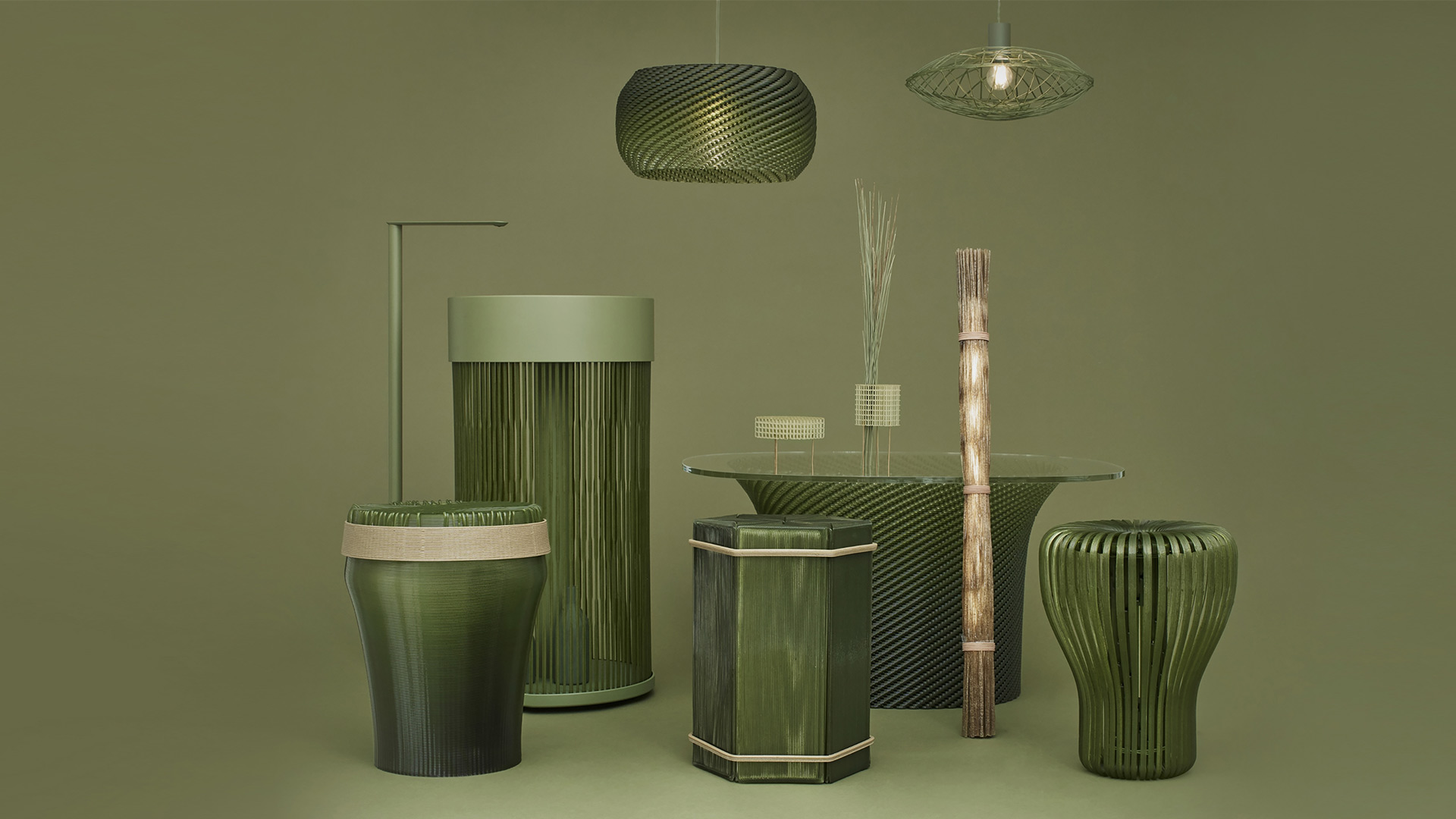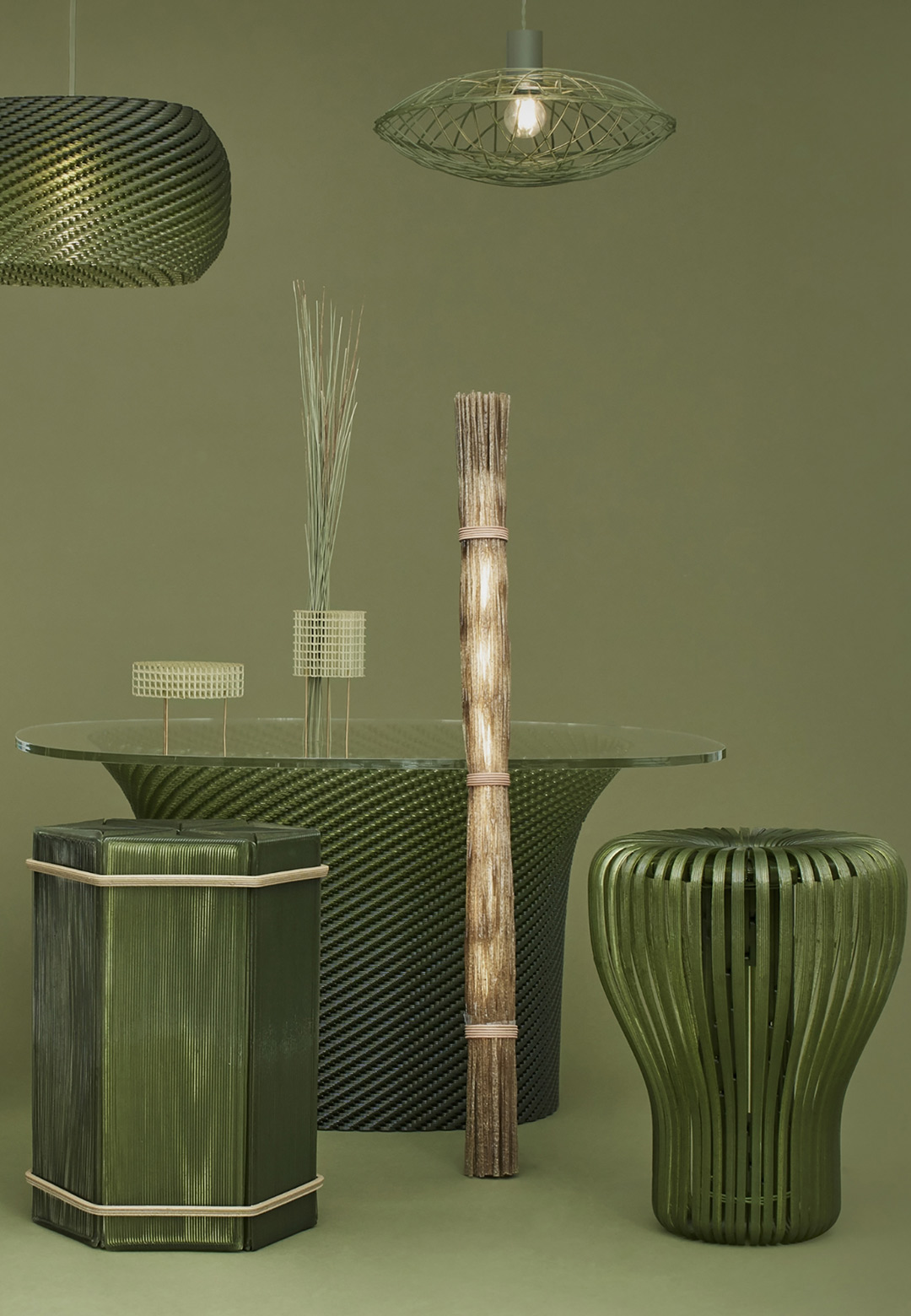Revisiting memories that are now carefully stowed away in the archives of my childhood, I cannot help but notice objects and practices that were deeply woven in the cultural fabric. The mandatory puppet shows that we raced to in every fair, the undying partnership of chai and kulhad, the piping hot food from religious feasts served in pattal plates made from stitched Sal leaves: these familiar objects and artforms were almost inextricable from the culture they had been intrinsic to for aeons. WItnessing a scarcely noticed puppet show after years of dissociation, I was forced to wonder how these vestiges of the past find little or no space in the contemporary landscape—their comforting presence confined in distant memories. It is astonishing how evolution is often accompanied by an unconscious act of abandoning things that might have once been a norm. Can such cultural objects be extracted from oblivion and be planted in the modern day—as modern entities?
A similar plight of decline inflicts itself upon the Japanese tatami mats that have been integral to the Japanese living environment for centuries. The use of these mats in Japan is plummeting year by year, and the staple tatami fades from the country’s modern life. Honoka, a Japan-based design lab, aspires to reverse this lapse through their series of furniture and lighting designs. Conceived by a group of product designers that researches and utilises 3D printing and other innovative manufacturing methods, Honoka crafts products that evoke the softness of natural materials through texture, aroma and chromatics. For the 2023 edition of SaloneSatellite, the design lab presented the tatami ReFab Project as an effort towards reintroducing tatami in the present day and were announced the winners of the design event.
“We were born and raised in an interior with tatami from our childhood, and we are very familiar with the feel, aroma, and beauty of tatami," the designers say. "However, today, when considering a new house in Japan, most interiors do not have Tatami, and Western-style interiors have become the trend in Japan. We have witnessed this change and wanted to pass on the beauty of tatami to future generations,” they add. The design team has developed a unique material by blending biodegradable resin with Igusa grass extracted from discarded tatami mats. During the production process, the Igusa grass provided by Ikehiko Corporation was powdered and mixed with cellulose acetate in a granulator at ExtraBold to make pellets for 3D printing. The project encompasses seven 3D printed designs, each interpreting a rather traditional material in a unique way and re-weaving it into modern culture.
Sori/ Mukuri by Ryo Suzuki
Product designer Ryo Suzuki conceives Sori and Mukuri—both knitted tatami-resin furniture design and lighting. Both designs are moulded in traditional Japanese shapes and textures and are refabricated through 3D printing. The product designs feature a singular knitted structure that has moderate transparency, the expression of which varies as the viewer’s angle of perception changes—presenting a subtle dance of volume and void. "Our main source of inspiration is traditional Japanese crafts, patterns, and culture. We believe that preserving and celebrating these aspects of Japanese heritage is very important," the designer shares.
Chigusa by Shoichi Yokoyama
Sen-suji, a Japanese word that translates to ‘a thousand lines,’ is a traditional pattern in Japan which is characterised by a series of intricate horizontal stripes. This pattern becomes a muse for designer Shoichi Yokoyama’s stool design dubbed Chigusa. Stemming from the motif of the traditional Japanese Sen-suji pattern, the stool amalgamates multiple 3D-printed components. The elastic and durable tatami-mixed resin printed in a vertical pattern achieves a resilient sitting experience. "By incorporating elements of traditional Japanese crafts and motifs, we hope to promote a deeper appreciation of the country's rich cultural history and to inspire new generations of artists and designers," explains the design team.
Taba by Shinnosuke Harada
This delicate-looking lighting design by Tokyo-based designer Shinnosuke Harada takes cues from the motif of bundled grass. The plant-like silhouettes that are featured in the design are created by dripping the 3D printed material. The light spills out elegantly through the gaps between the branches while the tatami-mixed resin diffuses the light in a unique and subtle language. Shedding light on the production process, the designers say, "These designs take advantage of the properties of 3D printers, such as changing the extrusion amounts and extruding resin in mid-air, resulting in new forms of expression."
Tachiwaki by James Kaoru Bury
The tatewaku or tachiwaki Japanese pattern is a composition of vertical wavy lines representing steam that gradually ascends up towards the sky. The self-standing basin by Japanese designer James Kaoru Bury features similar stripes in its light body. Drawing inspiration from the Tachiwaki pattern, used frequently in Japanese Kimono, The basin is realised by regulating the purging speed of the 3D printer, allowing a unique expression which is new to the bathroom industry to take form.
Yocell by Moritaka Tochigi
This modular design by designer Moritaka Tochigi takes cues from traditional Japanese Asanoha patterns. It is a geometric pattern based on a regular hexagon and its shape bears resemblance to a hemp leaf. This pattern often adorned children's kimonos with the hope that they would mirror the vitality and strength of hemp. Taking advantage of the 3D printer's layer marks, unique expressions are contrived by combining them in different directions.
Ami by Fujiwara Kazuki
Fujiwara Kazuki, who works in the spheres of automotive design, product design and 3D printing, devised a stool and lampshade duo for the project. The pieces are created by refabricating the Japanese 2D weaving expressions in a 3D form. The intricate shapes of the furniture and lighting are created by dripping 3D-printed resin from the air—generating a natural expression. The weaving method and the colour gradation allow the design expression to change depending on the viewing angle. "We interpreted traditional Japanese two-dimensional patterns in a three-dimensional manner using 3D printing and created unique expressions such as the moiré patterns," the designers of Honoka comment.
Kohshi by Shinnosuke Harada and Moritaka Tochigi
Kohshi, a delicate element of the project, is a collaborative endeavour by Shinnosuke Harada and Moritaka Tochigi. The lattice-like vases remind the viewer of the language of Japanese architecture, while the grid-like composition allows plants to be inserted at any angle or position like the Ikebana (Japanese flower arrangement).






 Sign in with email
Sign in with email










What do you think?